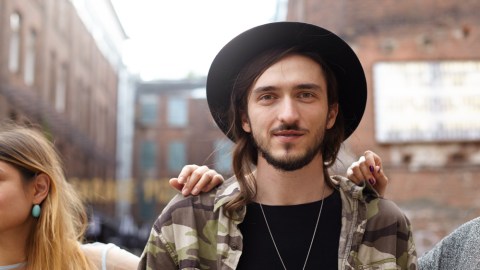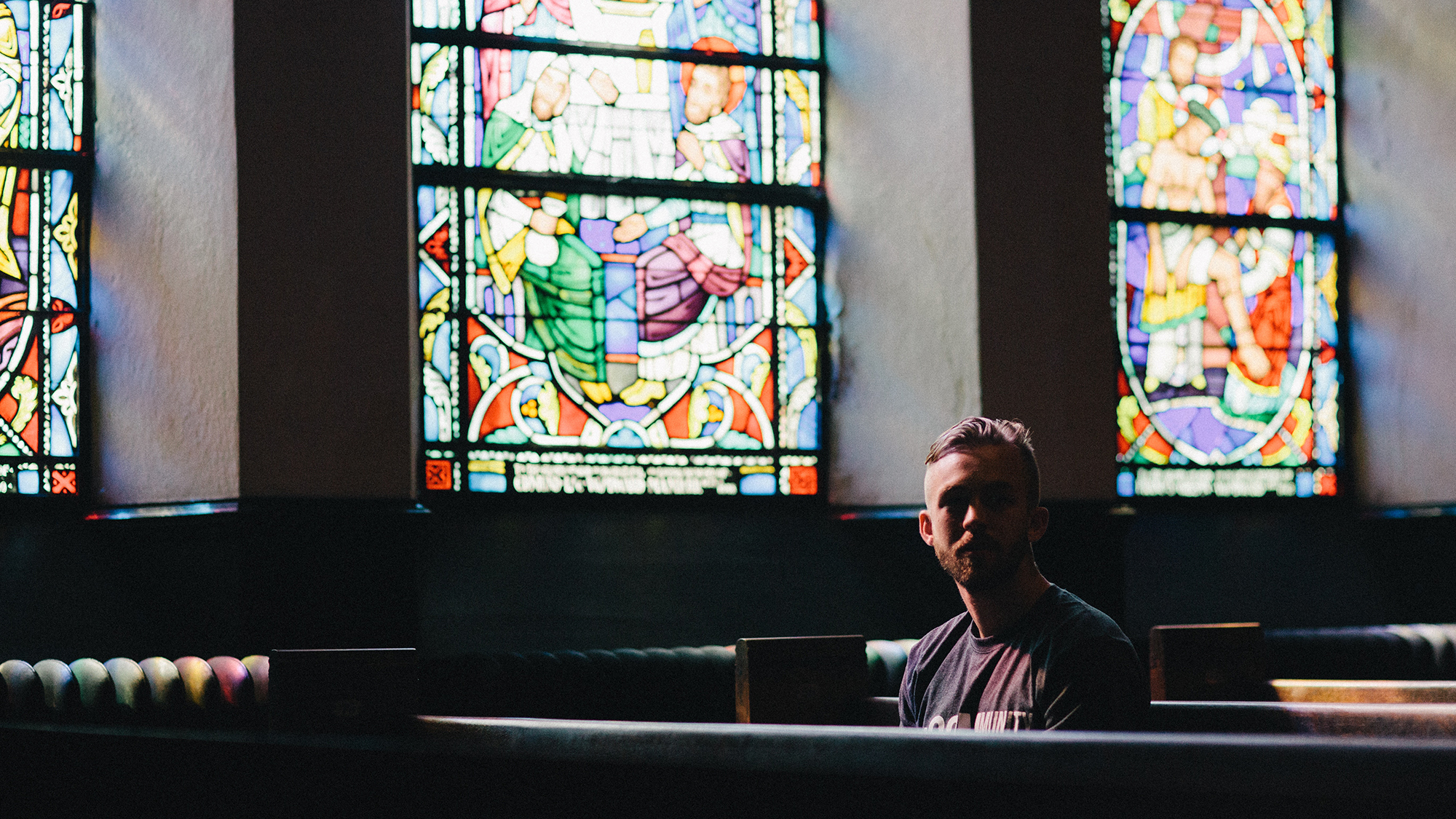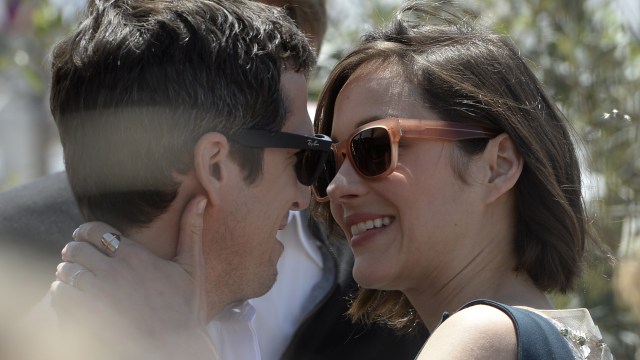1 in 5 Americans is “religiously liminal,” say researchers

You’ve likely seen conflicting headlines like this: “Atheism on the rise.” “Religion experiencing an increase.” “Millennials Less Likely to Be Religious.” “Churches Finding New Ways to Reach Young Audiences.” And so on. The question remains: Are we becoming more or less religious?
In a 2017 article published in Journal for the Scientific Study of Religion, NYU Sociology professor Michael Hout discusses the phenomenon of liminalism. Limen is Latin for “threshold.” Being liminal means you’re on the fence about religion. You either have one or you don’t, and that might change depending on when or how you’re asked.
This sounds wishy-washy, in the way that some atheists believe agnostics need to decide (as do some faithful). But as Hout points out, this phenomenon partly explains why polls seem skewed year after year. And no small percentage of Americans are liminal:
About 20 percent of Americans were liminal in recent years, 10 percent were consistently nonreligious, and 70 percent were consistently religious.
As Hout points out, an answer often resides in how you phrase the question. The religious will be consistent, as will atheists. But when “something else” is offered things become less clear. If you aren’t affiliated with Judaism or Protestantism, yet you don’t want to check off “no religion,” into the liminal category you go, which might be odd if you’re pagan or Taoist.
One of the most popular responses I’ve come across is that someone believes in God, the afterlife, or heaven and hell, but does not have faith in organized religion. Likewise, the “spiritual not religious” category fulfills the role of religious yearning without fitting into the folds of any particular religion.
And, of course, humans change. I think of my mother in this circumstance, who was raised Catholic but didn’t pay much attention to her religion until her own mother passed. Suddenly she began attending church again and making sure I believe in God (I don’t) during our phone conversations. This trend lasted for a few years after my grandmother’s passing but has tapered off recently. Nonetheless, mortality is a powerful indicator of religiosity for people who otherwise don’t think much at all about it.
Our views generally become more conservative as we age, for a number of reasons: we move into like-minded enclaves when leaving city life; our trust in institutions falter the longer we live and the more experiences we have; our relationship with money changes as economic divides grow; our body starts to slow and break down, making us sense mortality in ways we previously did not. Aging is change in many regards, so it makes sense that a.) conservatism and religion are often linked and b.) religion is more associated with baby boomers than millennials.
Then there’s the function of religious institutions. In his 2016 book, Sweat Equity, Bloomberg’s New York bureau chief, Jason Kelly, writes that yoga and Crossfit studios are filling the role churches and synagogues once did. They provide room for a shared experience between individuals with similar goals. Likewise, the explosion of ayahuasca tourism in South America offers an opportunity for having spiritual experiences without the dogma of American religious rituals. These spaces provide for profound moments without prior religious beliefs, which could account for the uptick in numbers of those leaving religion behind.
And while liminalism does cause strange curvatures in studies, it does appear that fewer humans have faith in religion. Hout’s article covers 2006 to 2014, and there is one trend he’s confident expressing: people are becoming less religious. Or at least they’re claiming as such. In 2006 he discovered that 14 percent of Americans preferred no religion. Fast forward to 2014 and that number rose to 21 percent. Each two-year interval showed an increase.
Hout believes the liminal population accounts for “the rapid decline of religious identification in the United States.” Yet he does not feel that is a promise of eventual atheism. In fact, he says the data points in the opposite direction:
“As they stand on the threshold between religious and nonreligious, nothing in the logic of their position or the evidence at hand foreordains that they will eventually step in the direction of being nonreligious. Two key observations point the other direction, toward a religious identity. Liminals are more likely to name a religion than not. A minority of persons raised with no religion displayed a consistent nonreligious identity as adults; a third of them were liminal, and a quarter of them were consistently religious.”
Religion is fluid, dependent upon culture and context. A 2017 Pew survey shows that splits in Protestantism, which has divided the church for centuries, is no longer as important as before. Muslim births are projected to outnumber Christian births by 2035, while the “nones” are not procreating nearly as much. Neuroscience and the social sciences are explaining many human behaviors once attributed to religion, though with climate change and economic inequality affecting the psyche of a planet, religious and nationalistic tribalism is also on the rise.
Hout’s data is a snapshot of our current moment. A fifth of humans appear religiously dynamic. How that changes in the coming years is anybody’s guess, but we can be certain that it won’t be disassociated from external conditions. And right now it’s pretty clear that we’re better off working together than continuing to believe apart. We’ll have to see what direction the curves shift next.
—
Derek is the author of Whole Motion: Training Your Brain and Body For Optimal Health. Based in Los Angeles, he is working on a new book about spiritual consumerism. Stay in touch on Facebook and Twitter.





